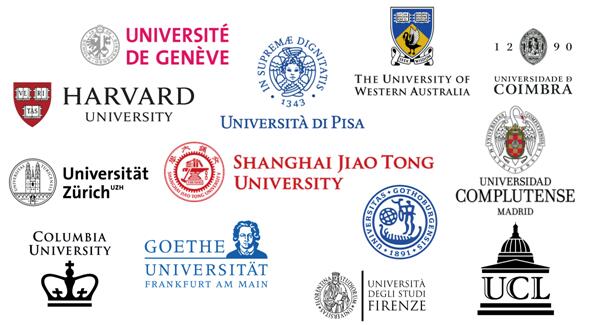Call on more people to volunteer and spread love. China's organ voluntary donation registration exceeds 6.26 million people, but there is still a gap
Today is the 7th China Organ Donation Day, and this year's theme is "With the stars in your eyes, walk under the light.". The theme event hosted by the China Organ Transplantation Development Foundation was held in Shanghai. According to data from the National Health Commission, the number of registered human organ donation volunteers in China has exceeded 6.26 million. Although the number of voluntary donations has been increasing year by year, experts believe that there is still a certain gap compared to developed countries. They call on the whole society to create an atmosphere of voluntary human organ donation, which can allow more lives to be continued. Chen Zhu, President of the Red Cross Society of China, and Qiu Xin, Secretary of the Party Committee of Fudan University, attended.
Human organ transplantation is an important technical means to save critically ill patients. Organ transplantation is not only a professional technical issue, but also involves complex issues in various aspects such as rule of law, politics, society, ethics, and culture. Conducting organ donation and transplantation in a stable and orderly manner is an important symbol of a country's medical development and social civilization progress, as well as a major measure to benefit people's livelihoods and ensure their health. It is a concrete manifestation of adhering to the principle of "putting people first and life first". Data shows that China has completed over 45800 organ donations after the death of citizens, with over 139700 donated organs. According to current data statistics, China has completed 1594 organ donations after the death of citizens in the past three months, an increase of 13% compared to the same period in 2022.
Guo Yanhong, Director of the Medical Emergency Department of the National Health Commission, stated that since the launch of the organ donation pilot work in 2010, China has designed a system from scratch, carried out social mobilization and public publicity, continuously improved the legal construction of human organ donation and transplantation, and established a standardized development, ethical compliance, and work system that is in line with China's national conditions and culture for human organ donation and transplantation; We have formed and continuously improved a human organ donation work system based on the Chinese Red Cross Society, widely carried out publicity and mobilization for human organ donation, encouraged active public participation, carried out voluntary registration for human organ donation, organized commemorative activities, and opened a green channel for the transportation of donated organs to transmit life. The whole society has also achieved scientific and fair distribution of donated organs, established a scientific distribution system for organs, and activated the "Chinese Human Organ Allocation and Sharing Computer System" to automatically allocate organs in accordance with the principles of fairness, impartiality, and openness.
Zhao Hongtao, Chairman of the China Organ Transplantation Development Foundation, told reporters that currently, the number of registered organ donors in China has exceeded 6.26 million. Since 2014, there have been 10000 registrations every year, and up to now, it has reached one million registrations per year, which is a remarkable progress. However, at the same time, the organ donation rate per million people in China in 2022 is 3.98, which is still a certain gap compared to the international advanced level. The proportion of organ donation volunteers in developed countries accounts for 80% of the total population. Only by creating a voluntary donation atmosphere in the whole society can we better meet the needs of more patients for transplantation.
In Shanghai, Zhongshan Hospital affiliated with Fudan University is one of the earliest institutions in China to carry out organ transplantation. Currently, the hospital has achieved comprehensive development in various aspects such as kidney transplantation, liver transplantation, heart transplantation, and lung transplantation. Last year, it completed more than 280 organ transplantation surgeries, ranking among the top in terms of transplant quantity and quality in the country. It also serves as the Shanghai Kidney Transplantation Quality Control Center.
Professor Fan Jia, academician of the Chinese Academy of Sciences and director of Zhongshan Hospital, stated that taking liver cancer as an example, there are 300000 patients in China who are in the final stage of liver disease each year and require liver transplantation to save lives. However, only a few thousand patients complete liver transplantation each year, and it is still difficult to break through this gap. The reason behind this is that there is still a lack of volunteer organ donors. At Zhongshan Hospital, patients who are included in the COTRS system generally need to wait for six months to more than a year before they can successfully undergo liver transplantation. Some patients unfortunately pass away during the waiting process. Encouraging more people to participate in voluntary donations will reignite the hope of life for more patients.
It is reported that the national research on human organ allocation and sharing policies will be launched today. The first stop of the research is in Shanghai. In the near future, we will also delve into medical institutions to form a policy basis for organ transplantation, improve and optimize work mechanisms and systems, promote the expansion of high-quality transplant medical resources and regional balanced layout in China, and promote the healthy, orderly, and high-quality development of organ donation.




